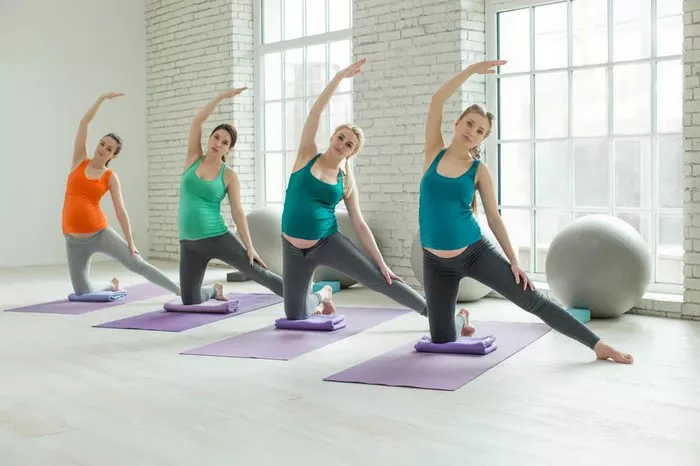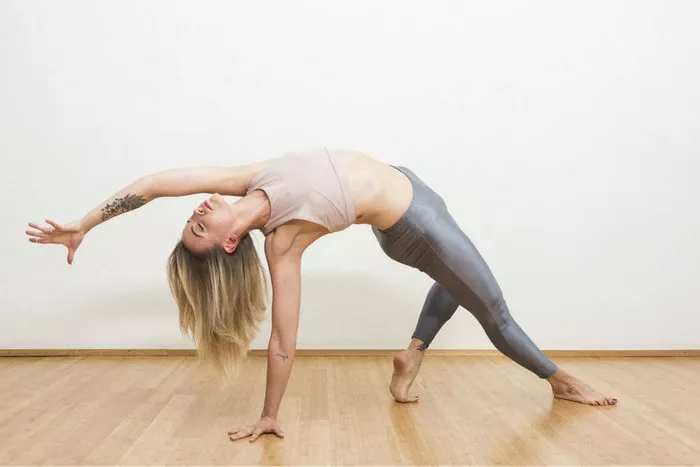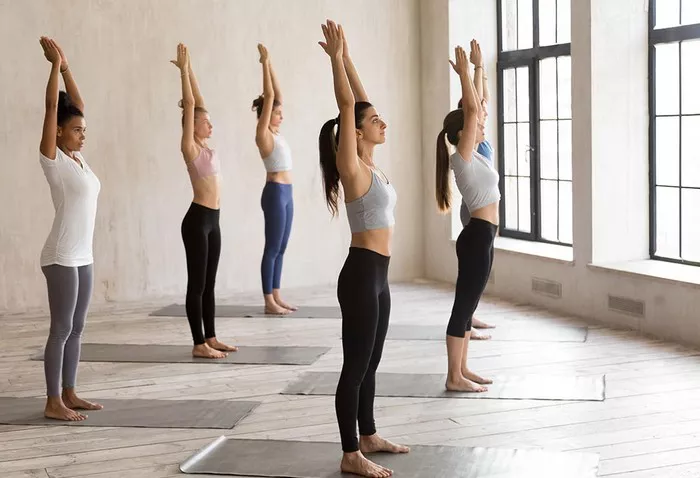Breathing is fundamental to life, yet the way we breathe can significantly impact our physical, mental, and emotional well-being. In yoga, breathing through the nose rather than the mouth is a cornerstone practice with deep-rooted benefits. This guide explores why yogis emphasize nasal breathing, explaining its physiological, psychological, and spiritual advantages. Understanding these reasons can help practitioners enhance their yoga practice and overall health.
The Importance of Breath in Yoga
Breath, or prana in yogic terms, is considered the life force that sustains the body and mind. Controlled breathing, known as pranayama, is an integral part of yoga that helps regulate energy flow and balance the nervous system. Nasal breathing plays a critical role in this process because it optimizes the quality and function of the breath.
- Breathing through the nose filters, warms, and humidifies the air before it reaches the lungs.
- The nose produces nitric oxide, which improves oxygen absorption and blood circulation.
- Nasal breathing helps activate the parasympathetic nervous system, promoting relaxation and stress reduction.
Each of these factors contributes to the profound effects yoga practitioners experience when maintaining nasal breathing during practice.
Physiological Benefits of Nasal Breathing
1. Air Filtration and Humidification
The nose is designed to filter out dust, allergens, and pathogens, protecting the respiratory system. Tiny hairs and mucus in the nasal passages trap unwanted particles, preventing them from entering the lungs. Additionally, nasal breathing warms and humidifies the air, which reduces irritation and inflammation of the airways.
- Mouth breathing allows cold, dry, and unfiltered air to enter, which can exacerbate respiratory issues.
- By contrast, nasal breathing maintains the health of lung tissues and reduces the risk of infections.
2. Enhanced Oxygen Uptake
Nasal breathing facilitates better oxygen exchange in the lungs compared to mouth breathing. This is partly due to the production of nitric oxide in the nasal cavities. Nitric oxide acts as a vasodilator, expanding blood vessels and improving oxygen transport throughout the body.
- Improved oxygenation supports cellular function, energy production, and tissue repair.
- Athletes and yogis alike benefit from this efficient oxygen delivery, which enhances endurance and mental clarity.
3. Regulation of Breath and Heart Rate
Breathing through the nose naturally slows down the breath rate, encouraging deeper and more controlled breaths. This slower pace has a calming effect on the cardiovascular system.
- Nasal breathing activates the parasympathetic nervous system, which is responsible for rest and digestion.
- This activation lowers heart rate and blood pressure, creating a state of relaxation conducive to meditation and mindfulness.
Psychological and Emotional Advantages
1. Stress Reduction and Mental Calmness
Stress often manifests as shallow, rapid breathing, typically through the mouth. Nasal breathing counters this by encouraging diaphragmatic, full breaths that send calming signals to the brain.
- Practicing nasal breathing during yoga helps reduce anxiety and promotes emotional balance.
- It enhances focus and concentration by regulating the nervous system and reducing the fight-or-flight response.
2. Improved Sleep Quality
Mouth breathing during sleep is linked to snoring, sleep apnea, and poor sleep quality. Nasal breathing promotes better oxygen flow throughout the night, supporting restful and rejuvenating sleep.
- Yogis who adopt nasal breathing habits report improved sleep patterns and reduced insomnia.
- Better sleep contributes to overall physical recovery and mental health.
Spiritual Significance of Nasal Breathing in Yoga
1. Connection to Prana (Life Force)
In yoga philosophy, prana flows through the body’s energy channels (nadis). The breath is the primary vehicle for this life energy. Nasal breathing is believed to balance and enhance the flow of prana, especially through the central channel (sushumna).
- Controlled nasal breathing during pranayama exercises stimulates energy centers (chakras).
- This practice cultivates spiritual awareness, mindfulness, and inner peace.
2. Cultivation of Mindfulness and Presence
Breathing through the nose naturally demands attention to the breath’s rhythm and quality. This fosters a meditative state and deepens mindfulness.
- Yogis use nasal breathing to anchor their awareness in the present moment.
- This mindful breathing reduces mental chatter and cultivates a calm, clear mind.
Practical Techniques to Develop Nasal Breathing
1. Start with Awareness
The first step to mastering nasal breathing is developing awareness of your breath. Spend a few minutes each day noticing whether you breathe through your nose or mouth.
- If you find yourself mouth breathing, gently close your mouth and redirect your breath through your nostrils.
- Practice this awareness during everyday activities and yoga sessions.
2. Practice Simple Pranayama Exercises
Several pranayama techniques emphasize nasal breathing:
- Nadi Shodhana (Alternate Nostril Breathing): Balances energy flow and calms the mind.
- Ujjayi Breath: Creates a gentle sound in the throat while inhaling and exhaling through the nose, improving focus.
- Anulom Vilom: Similar to Nadi Shodhana, involves alternate nostril breathing to cleanse and balance.
Regular practice of these techniques enhances nasal breathing capacity and control.
3. Use Breath-Opening Postures
Certain yoga poses encourage better respiratory function and nasal breathing:
- Bhujangasana (Cobra Pose): Opens the chest and lungs.
- Setu Bandhasana (Bridge Pose): Expands the ribcage and improves lung capacity.
- Adho Mukha Svanasana (Downward Dog): Enhances breath awareness and airflow.
Integrating these postures with conscious nasal breathing strengthens the habit.
Challenges and Tips for Maintaining Nasal Breathing
Common Challenges
- Nasal congestion due to allergies or colds can make nasal breathing difficult.
- Habitual mouth breathing developed over years may require time and patience to change.
- Intense physical exertion sometimes naturally triggers mouth breathing.
Helpful Tips
- Use gentle nasal sprays or steam inhalation to clear nasal passages.
- Practice nasal breathing during low-intensity activities and gradually increase duration.
- Maintain good posture to facilitate free airflow through the nose.
- Stay hydrated to keep mucous membranes healthy.
Conclusion
Breathing through the nose is a simple yet powerful practice that supports physical health, mental clarity, and spiritual growth. Yogis emphasize nasal breathing because it optimizes oxygen intake, enhances relaxation, and deepens mindfulness. By consciously adopting nasal breathing in daily life and yoga practice, anyone can experience improved well-being and a more balanced, peaceful state of being.
Understanding the why behind nasal breathing inspires a more mindful and intentional approach to one of our most essential life functions—breath. Whether you are new to yoga or a seasoned practitioner, prioritizing nasal breathing can elevate your practice and life.
Related Topics:



















